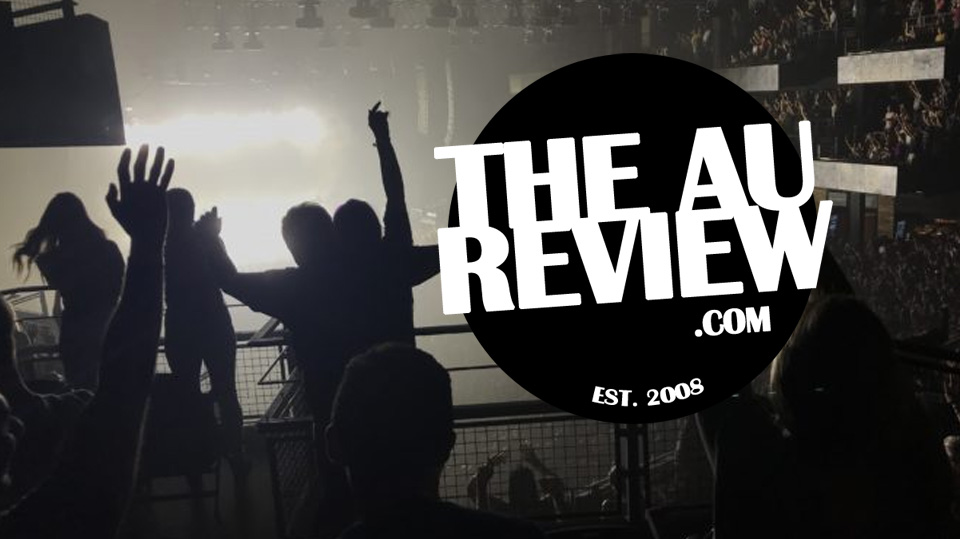

Welcome to the new An Industry Conversation on the AU review. Today we chat with Adrian Basso – President of Community Broadcasting Association of Australia – about the establishment of community digital radio services in mainland capital cities around the country.
This launch will provide communities in each city with greater choice and a new way to listen to the most diverse, accessible and independent media sector. On Friday May 13, a national launch event is being held to celebrate the establishment of community digital radio services in mainland capital cities around the country. The national launch will take place at one of the oldest community stations in the country, 3RRR 102.7 FM in Melbourne.
How did you get involved in this project?
I was working at Melbourne’s community radio station 3MBS when it was involved in preliminary test some 7 or so years ago. Then about four years ago, as General Manager of PBS, all nine Melbourne metro-wide stations started meeting to work through the whole complex process of going digital . I joined the CBAA in 2007 as a board member, then took up the President role last year. I kind of feel pretty connected to digital radio.
The CBAA started pushing for Community Radio to be included in any future digital broadcast landscape well over 15 years ago.
What makes this launch so important to Australian radio?
We are an important part of the Australian media landscape, over 26% of Australians tune in every week. The way people access media is rapidly changing and although our analogue system is still the primary delivery mechanism, going digital ensures that we are part of the future digital age. It is great that Community radio will be part of that journey.
The launch press release points out that this took “years of lobbying” – were you met with any resistance? If so, where do you think this resistance stemmed from?
It was a complex process. Spectrum is limited and it is also very valuable. The broadcast act is quite complex as an act, but also pretty powerful in terms of regulation. There are many different interests as well: commercial, public broadcasters and then again other forms of communication. Add in there, Government, political parties and also bureaucrats – it can get rather challenging to push any agenda.
What do you think got the project over the line?
Determination from a lot of passionate people. We have an amazing bunch of people involved in the sector. In true community broadcasting spirit, much of the work in digital was voluntary.
Were community stations immediately receptive to the idea, or did they take some convincing also?
With any major change, in this case, in broadcast technology, there are always going to be people that think it will change the world and people who think it won’t. If you think of when FM first started, it didn’t go bang over night. It took time. It also didn’t replace AM.
As a nation, we seem to lag behind the rest of the world when it comes to digital radio. Would that be fair to say?
If you look at the UK, they went early and adopted an inferior technology. We have learnt many things from them and other countries. What will make it take off here are car manufactures. If mobile phones pick it up, then that will be something again.
What are the numbers in Australia like now on digital radio? Are people gradually moving in that direction?
There were around 200,000 radios sold just before Christmas. That doubled a few months later. We are talking around 6% of listening at this very early stage. It’s not bad.
Is the federal government in this relationship/commitment for the long term.
We hope so. They have been supportive at the key times.
We are such an important part of our Australian culture and I believe that many members of all sides of politics recognise this as well. The CBAA’s job is to keep those discussion alive and positive within the corridors of Parliament. The CBAA will continue to be proactive on this front.
What advantages long term can you see stemming from community stations going digital – for both the public and the stations themselves?
Some stations can literally double their broadcasting hours. This will be great for ethnic stations where new and emerging communities are developing and having a new broadcast channel will allow them easily to have a voice.
Other station will embrace the technology side of things and this will be innovatively pursued in true community radio style.
I honestly think that what is to come hasn’t been thought of yet, but you will find it first here on community radio.
This Friday, May 13th, head along to the 3RRR Performance space – 221 Nicholson Street, Brunswick East, Melbourne – at 11.00am sharp, to celebrate the national launch of Digital Community Radio!
More information: http://www.cbaa.org.au/
